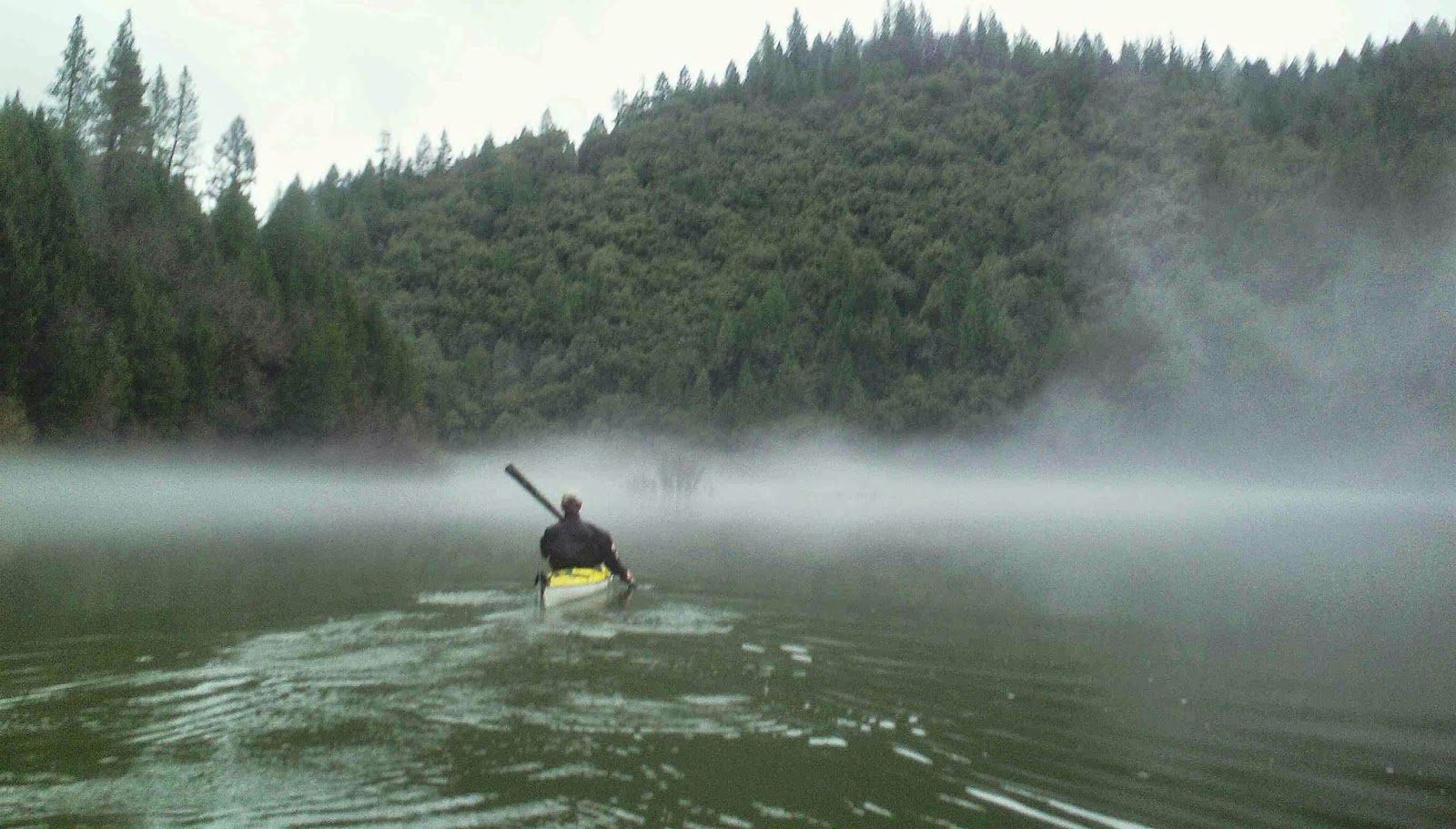Oh, I'm bein' followed by a moonshadow, moonshadow, moonshadow
Leapin and hoppin' on a moonshadow, moonshadow, moonshadow...Cat Stevens
This weekend I'm taking part in full moon paddle with the Sacramento Paddle Pushers. The meetup group's posting calls for a full "Pink" moon rising a little after 7 P.M. Pacific time. In poetic fashion, it says, "This Full Moon heralded the appearance of the pink moss, or wild ground phlox—one of the first spring flowers."
Calling this full moon "Pink" is a misnomer because this weekend's "Pink" Full Moon isn't really pink. It will still have the yellowish-white complexion that it always does, that is until early Saturday morning's lunar eclipse, but I'll tell you more about that later.
It refers to the herb moss which grows abundantly in early spring. In Native American cultures, this full moon has many names such as Sprouting Grass Moon, Egg Moon, and among coastal tribes, it's the Fish Moon, because this was the time of year that the shad swam upstream to spawn.
However this weekend, a lunar eclipse will coincide with this year's Pink Moon turning it actually pink while passing through the shadow of the earth. Plan on staying up very late to catch it. The west coast will have the best opportunity to view the eclipse beginning after 2 AM with the moon entering the umbra. Sky watchers will be treated to a nearly five-minute total lunar eclipse just before sunrise on Saturday. The moon will grow darker and then take on a reddish shade, before total eclipse at just before 5 AM. It will only last four minutes and 43 seconds, making it the shortest one of the century according to NASA.
Our ancient ancestors have always looked to the sky. They gave names to the Full Moons to keep track of the seasons. January's full moon is called the Wolf Moon. Because of the warming temperatures when earthworms begin to appear March's moon is the Worm Moon. While September's full moon is called the Corn Moon or Harvest Moon because its when corn was supposed to be harvested. These colorful names all in invoke a certain magic. The moon is our the closest heavenly body in our nighttime skies. For thousands of years, we have used its light to guide us in the dark. What better way to sense its lunar allure than to watch the sunset into golden waters in the west and see the moon climb into the evening sky while kayaking.
On one of my first moonlight paddles on Loon Lake in the Sierra Nevada Mountains, the full moon overpowered the night sky. It was a giant gleaming ball hanging over the lake. It was hard to even see stars and even more difficult to spot the meteors we came out to see. The moon was so bright, the party I was with joked about getting "moon burned" by its rays. The water twinkled and glistened from the celestial glow. A sparkling single ray danced on the water to the silhouetted outline of the great pines pointing up toward the illumination of the sky.
A hush came over the transfixed boaters. Our voices had seemed to be bewitched and taken away in total fascination. The moon has that kind of power. If it can control the tides of the sea, rending one speechless under its luster is effortless to it. In
the stillness of the lake, all of my senses were rekindled while gliding silently along, soaking in night's peaceful enchantment. All around me, I hear the gentle sound of lapping of the water against the bow. The air is fresh, damp and still. In each stroke of my paddle, I pull its coolness into my lungs. Looking down, the water is engulfed in the darkness below me, while across from the other kayakers are sharp shadows on the silver lining of the lake.
Basic paddling techniques and safety concerns should be considered before setting off on a moonlit kayaking experience. Inland night navigation boating regulations vary from state to state. The
U.S. Coast Guard Rules requires canoe and kayaks
to have proper lighting aboard to prevent collisions. A readily available hand-held flashlight or headlamp is the minimum requirement and should be sufficient on most waters restricted for only paddlers. For larger lakes shared with other boat traffic, it's recommended to have a 360° light, available to turn on and display in any direction. Make sure to place the light out of your line of sight so your night vision is not impaired.
Check with your outfitter or local state park to see if they offer a moonlit paddle night. Across the country, many of them offer sunset and full moon paddling sessions and provide all the gear for a reasonable price. Northern California's
Current Adventures has been taking paddlers of all skill levels on their popular moonlit kayaking excursion at Lake Natoma near Sacramento for years.
So check your calendar for next full moon and bring that special someone for a romantic voyage or the whole family for a moonlit kayak adventure.




















